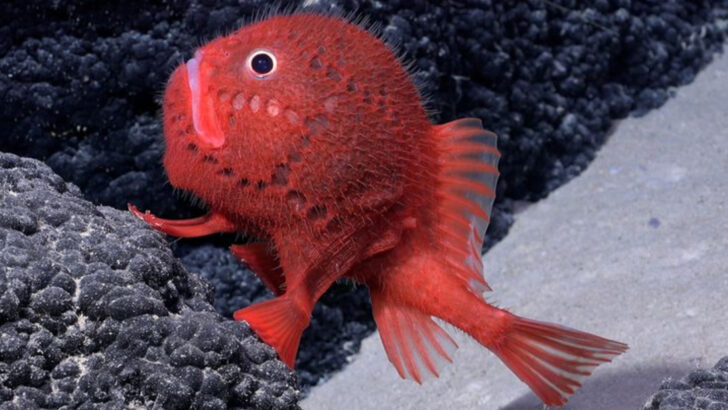The Atlantic isn’t just deep — it’s downright weird.
This ocean hides creatures that could give science fiction writers a run for their money. Think glowing jaws, see-through heads, and fish that fake their own death. While the Pacific gets plenty of hype, the Atlantic is quietly brimming with some of the strangest life forms on the planet.
We’re talking about animals that twist, flash, puff, and pout their way through the depths like underwater pranksters. Some look like aliens. Others act like them. All of them are wonderfully bizarre.
So if you’re ready for a wild ride through the blue, keep your flippers close. These 16 Atlantic animals aren’t just strange — they’re unforgettable.
Atlantic Wolffish
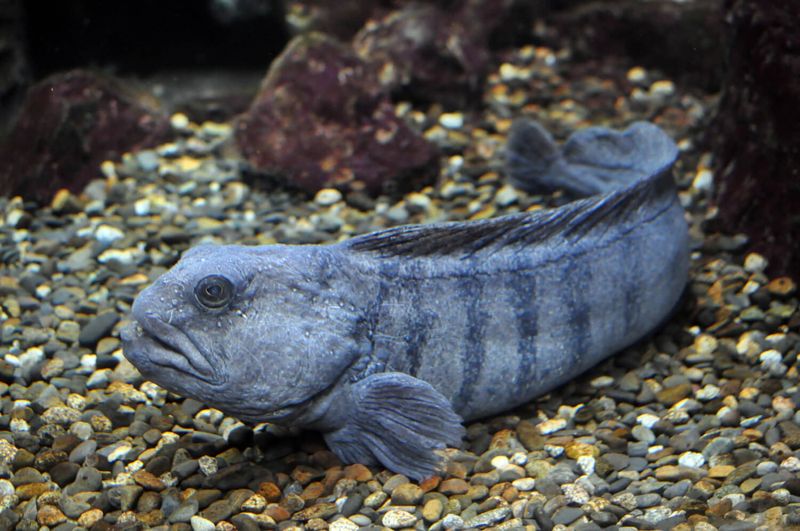
The Atlantic Wolffish grins menacingly with its jagged teeth, a sight that can stir anyone’s imagination. Its long, eel-like body, cloaked in grey and blue patterns, helps it blend seamlessly among rocky seabeds.
This predator uses its powerful jaws to crush hard-shelled prey, like crabs and sea urchins. Known for its solitary nature, the wolffish prefers the cold depths of the North Atlantic.
Despite its fearsome appearance, it’s not aggressive towards divers. Interestingly, its antifreeze proteins allow it to survive in frigid waters, making it a marvel of adaptation. Truly, the wolffish is nature’s rugged artisan.
Portuguese Man O’ War

At first glance, the Portuguese Man O’ War might be mistaken for a jellyfish. This colonial organism floats gracefully, its translucent blue and purple body sometimes mistaken for a whimsical balloon.
Beneath the surface, its tentacles can extend over 30 feet, delivering a painful sting to unsuspecting swimmers. This creature isn’t a single animal but a colony of specialized polyps working together.
Found in warmer Atlantic waters, it drifts with currents, using its gas-filled bladder like a sail. Despite its sting, the Man O’ War plays a vital role in marine ecosystems, preying on small fish and plankton.
Coffinfish
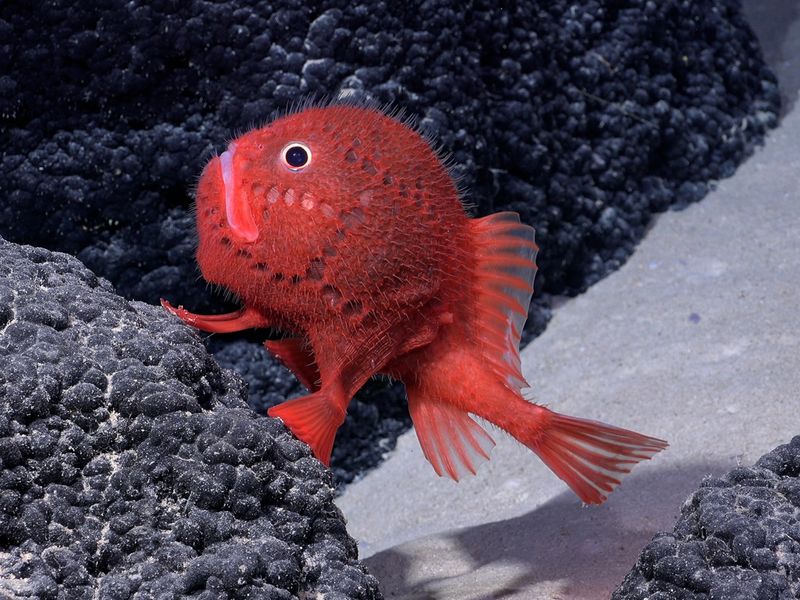
Meet the Coffinfish, a peculiar resident of the Atlantic’s deep sea. This fish has a body resembling a deflated balloon, which it can inflate to ward off predators. It’s like a living, breathing puffer jacket of the ocean!
The Coffinfish spends most of its time on the seafloor, waiting patiently for a meal to come its way. It’s not the fastest swimmer, but its unique appearance and patient demeanor make it a standout in the Atlantic’s depths.
Interestingly, the Coffinfish has a clever trick up its sleeve – it uses its modified fins to “walk” along the ocean floor, giving it an edge in its slow-paced hunt for food. This adaptation is a charming example of nature’s creativity in the deep sea.
Greenland Shark
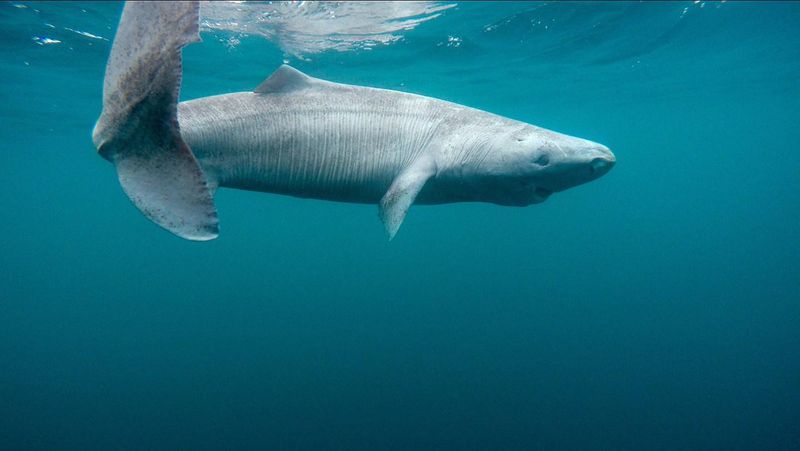
Lurking in the frigid depths of the North Atlantic, the Greenland Shark is a true giant, living longer than any vertebrate on Earth. With a lifespan stretching over 400 years, this shark witnesses generations of oceanic change.
Its slow, deliberate movements are reminiscent of a time forgotten. Despite its size, the Greenland Shark remains elusive, shrouded in mystery. Feeding on fish and occasionally scavenging, it plays a crucial role in its ecosystem.
Its skin, rough and dark, camouflages it perfectly in icy waters. This ancient creature survives in one of the planet’s harshest environments, a testament to nature’s resilience.
Deep-Sea Hatchetfish
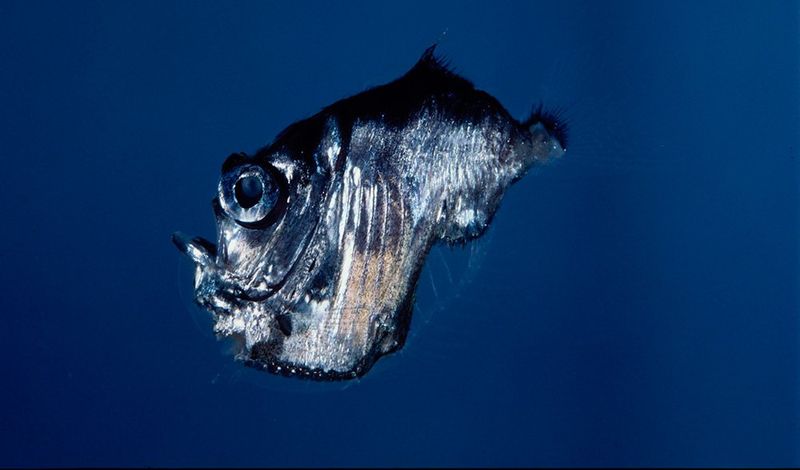
In the shadowy depths of the Atlantic, the Deep-Sea Hatchetfish glides silently, its body reflecting the faintest trickle of light. This small, silvery fish exhibits bioluminescence, a trait that aids in its survival.
Its mirrored scales help it avoid predation, blending effortlessly into the watery void. The hatchetfish’s large, upward-facing eyes are adapted to capture scarce light, ensuring it spots prey and predators alike.
Found in deep waters, it is an enigma wrapped in scales. Despite its eerie appearance, this fish is a master of its domain, exemplifying the extremes of deep-sea adaptation.
Atlantic Sea Nettle
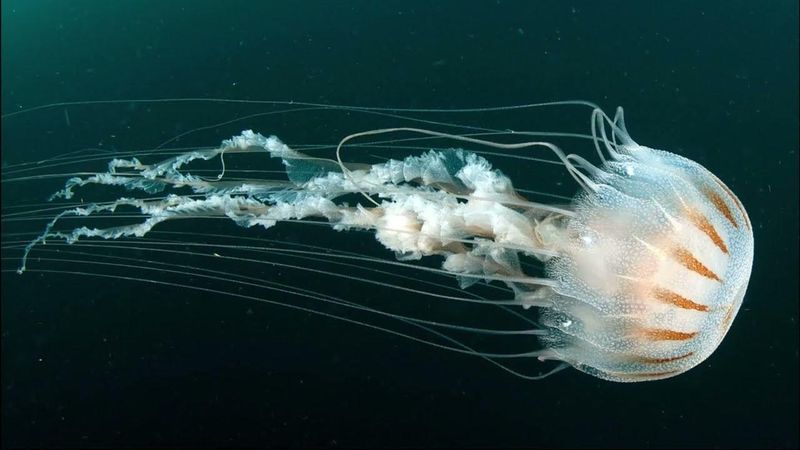
The Atlantic Sea Nettle drifts with an elegant grace, its tentacles trailing like silk threads in the ocean currents. This jellyfish, with its translucent bell adorned in shades of pink and gold, is a true spectacle.
Its sting, while uncomfortable, is less dangerous than many of its relatives. Sea nettles play an important role in controlling zooplankton populations.
Found commonly along the US East Coast, these jellyfish can form large swarms, creating mesmerizing underwater displays. Despite their delicate beauty, they are resilient survivors, thriving in varying salinities and temperatures.
Atlantic Hagfish
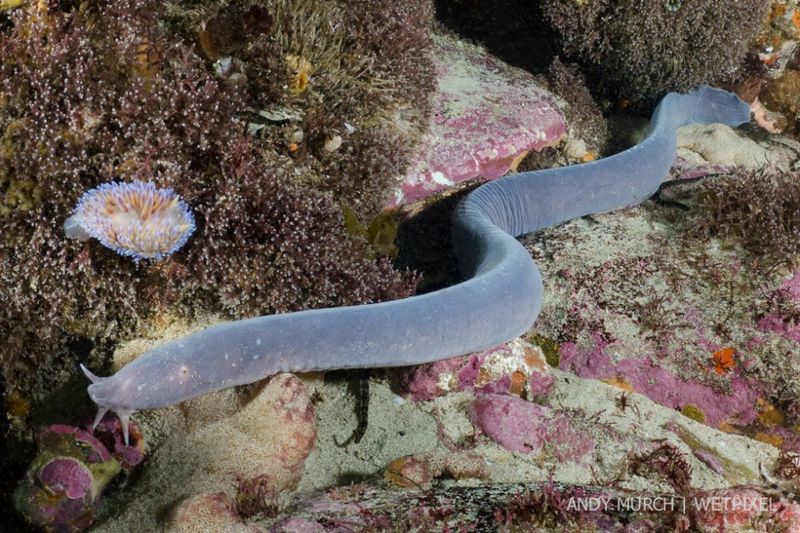
The Atlantic Hagfish, often called the ‘slime eel,’ brings a unique twist to survival strategies. With its eel-shaped body and ability to produce copious amounts of slime, it deters predators efficiently.
This slime can clog the gills of fish, allowing the hagfish to escape threats. Living on the ocean floor, it burrows into carcasses, feasting on decaying matter. Despite its unattractive feeding habits, the hagfish plays a crucial role in ocean ecosystems, recycling nutrients. Its ability to tie itself in knots helps it clean off slime and escape predators.
Curiously, hagfishes boast an ancient lineage, dating back hundreds of millions of years.
Velvet Belly Lanternshark

Deep in the Atlantic, the Velvet Belly Lanternshark illuminates its surroundings with a soft glow from its belly. This petite shark, reaching only half a meter, uses bioluminescence to communicate and camouflage.
Its velvety skin, dark and smooth, is dotted with photophores, creating a mesmerizing underwater light show. Preferring cold, deep waters, the lanternshark is elusive and rarely seen by humans.
It preys on small fish and squid, playing an important role in the ocean’s food web. The lanternshark’s unique adaptations highlight the wonders of the deep sea, where darkness meets an unexpected sparkle.
Atlantic Goliath Grouper
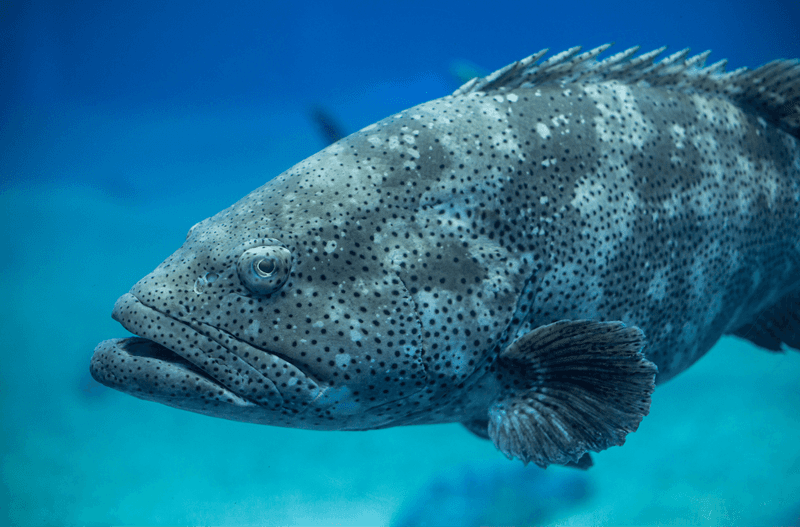
The Atlantic Goliath Grouper is a true titan of the seas, weighing up to 800 pounds and stretching over 8 feet long. This giant resides near coral reefs and shipwrecks, lurking in shadows, waiting for prey.
Its mottled skin provides excellent camouflage among rocks and corals. Despite its size, the grouper is not an aggressive hunter; it prefers to ambush rather than chase. Found mainly in warm Atlantic waters, it’s a protected species due to overfishing.
As a keystone species, it helps maintain reef health, showcasing the delicate balance of ocean ecosystems.
Atlantic Bluefin Tuna
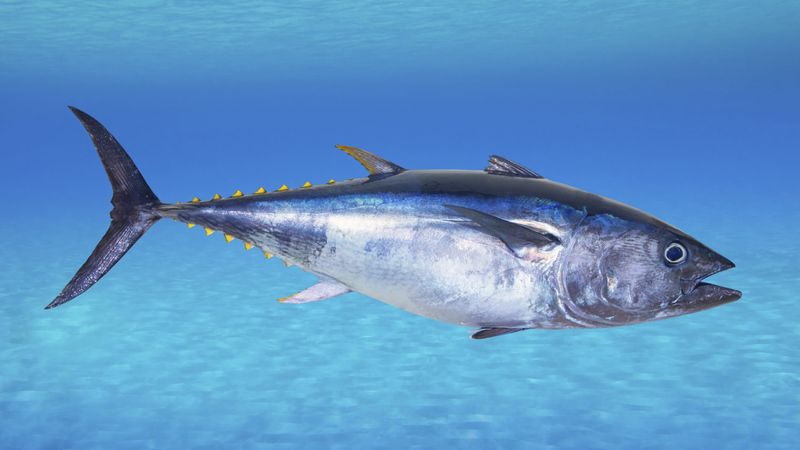
Renowned for its speed and strength, the Atlantic Bluefin Tuna is a marvel of the ocean. This powerfully built fish can exceed speeds of 40 miles per hour, making it a formidable predator.
Its torpedo-shaped body is designed for agility and endurance, allowing it to migrate across vast ocean distances. Bluefin Tunas are warm-blooded, a rare trait among fish, providing them with exceptional stamina.
They play a vital role in the marine food chain, preying on smaller fish and squids. Unfortunately, their high market value has led to overfishing, threatening their populations.
Atlantic Spotted Dolphin
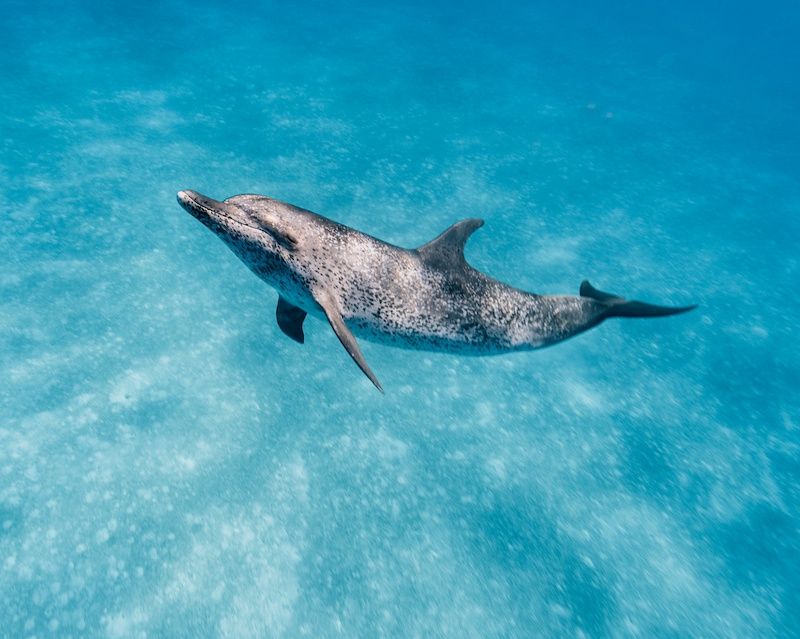
Playful and social, the Atlantic Spotted Dolphin is a delight to observe. Known for its acrobatic displays, it often leaps from the water, spinning with joy. These dolphins travel in pods, communicating with a series of clicks and whistles.
As they age, their spots become more pronounced, giving them a distinctive appearance. Found in warm Atlantic waters, these dolphins are curious and often approach boats, much to the delight of spectators.
They form complex social structures, showcasing intelligence and empathy. Protecting these dolphins ensures the health of the ocean and the joy of future generations.
Atlantic Ghost Crab
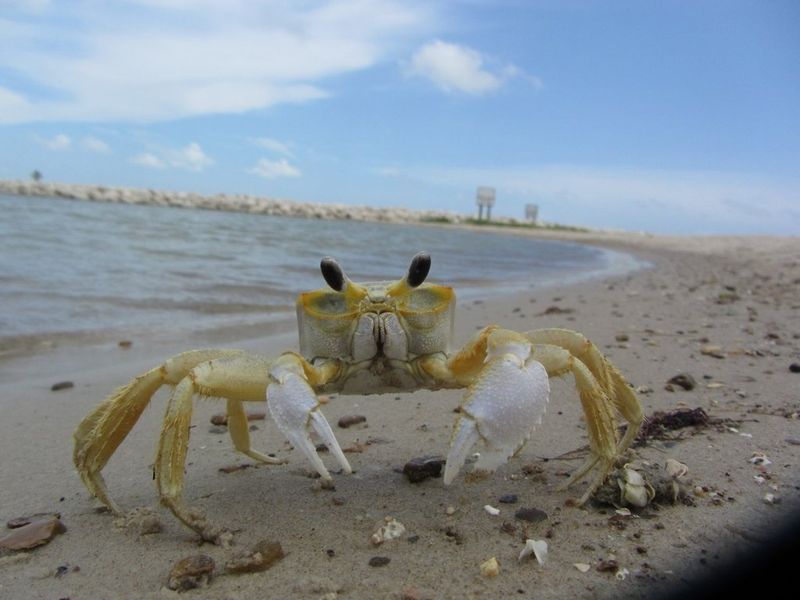
Scuttling across the beaches of the Atlantic coast, the Atlantic Ghost Crab is a master of disguise. With a pale, almost translucent shell, it blends seamlessly into its sandy surroundings. These crabs are nocturnal, emerging from burrows at dusk to feed.
Quick and agile, they can outrun most predators on land. Despite their ghostly appearance, they are vital to coastal ecosystems, aerating sand and aiding in decomposition.
Ghost crabs communicate through a series of clicks and drumming sounds, a fascinating aspect of their behavior. Observing them at twilight adds a touch of magic to any beach visit.
Atlantic Mola
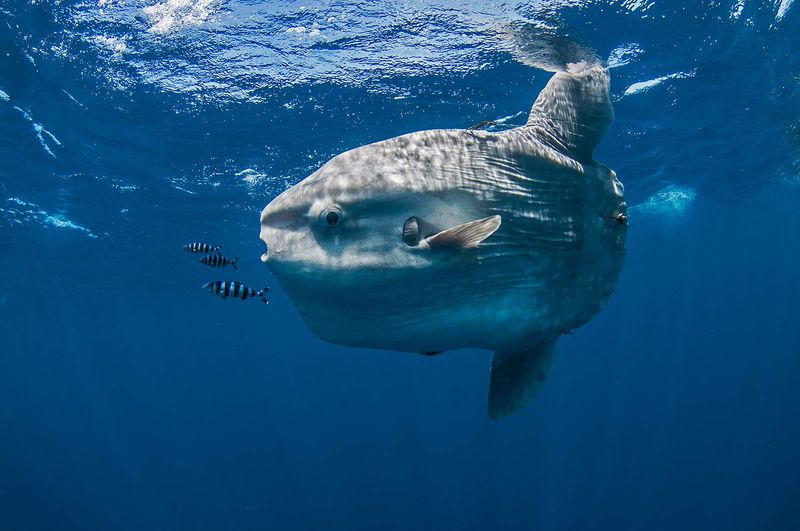
The Atlantic Mola, or Ocean Sunfish, is one of the heaviest bony fish in the world, weighing over a ton. Its peculiar shape, resembling a floating head with fins, is unforgettable. Molas bask near the ocean’s surface, lying on their sides to catch the sun’s rays.
This unusual behavior aids in thermoregulation after diving into cooler waters. Despite their size, Molas feed primarily on jellyfish and other soft-bodied creatures.
Found in temperate Atlantic waters, they are gentle giants, often spotted by divers and sailors. Their serene presence adds a calming beauty to the ocean.
Atlantic Horseshoe Crab
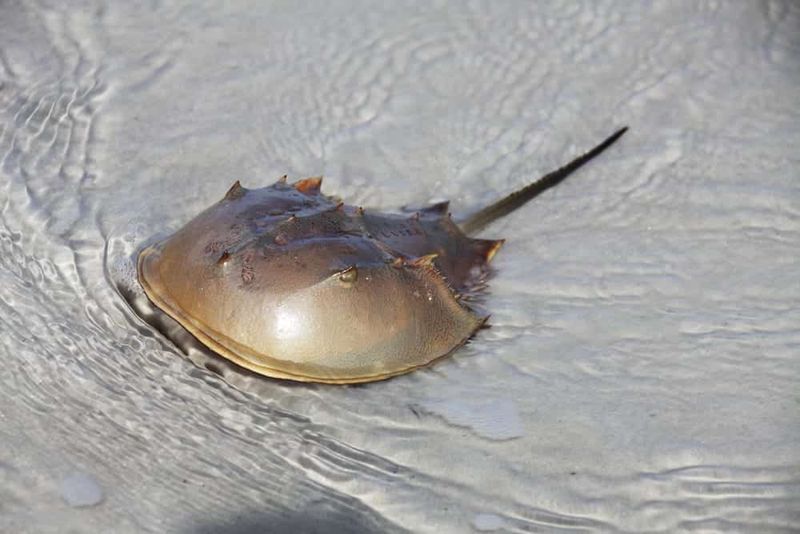
The Atlantic Horseshoe Crab, with its prehistoric appearance, has existed virtually unchanged for over 450 million years. Its hard, horseshoe-shaped shell and long, spiky tail give it an otherworldly look.
Despite its intimidating exterior, the horseshoe crab is harmless and plays a critical role in coastal ecosystems. Its blue blood contains a substance vital for medical research, used to detect bacterial contamination. Found along the Atlantic coast, these crabs gather in large numbers during spawning season.
Their eggs provide nourishment for migratory birds, emphasizing their importance. The horseshoe crab is a living fossil, connecting us to Earth’s distant past.
Atlantic Sturgeon

The Atlantic Sturgeon is a living testament to ancient times, with ancestors dating back over 200 million years. This prehistoric fish can reach impressive sizes, growing over 14 feet long.
Known for its bumpy back and elongated snout, it navigates both freshwater and marine environments. Sturgeons embark on lengthy migrations, returning to their natal rivers to spawn.
Sadly, overfishing and habitat loss have led to their decline, making conservation efforts critical. Their presence in the Atlantic Ocean serves as a reminder of our planet’s rich history, urging us to protect these magnificent survivors.
Atlantic Bobtail Squid
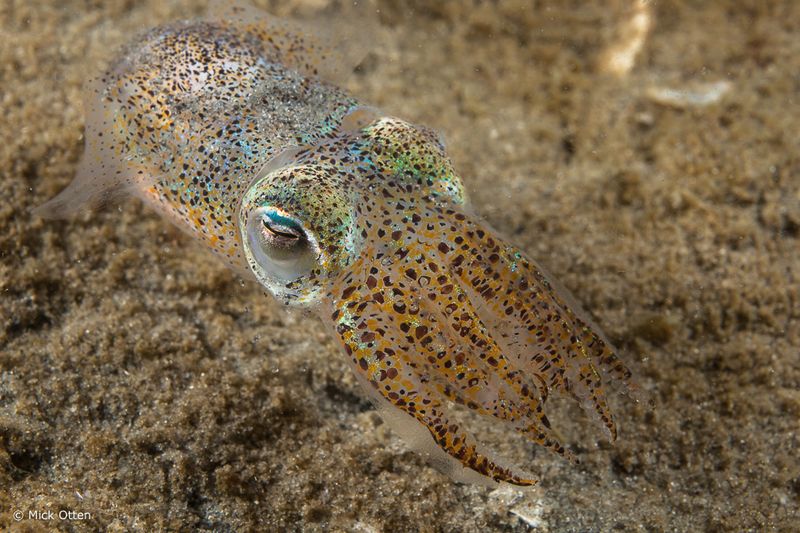
With a body that’s compact and round, the Atlantic Bobtail Squid is a master of disguise in the ocean’s depths. This little cephalopod is known for its remarkable ability to change colors and blend seamlessly with its surroundings. It’s like the Houdini of the sea, vanishing in the blink of an eye.
Despite its small size, the Bobtail Squid is a fierce predator, using its bioluminescent capabilities to lure in unsuspecting prey. Imagine a scene where this tiny creature becomes the ocean’s nightlight, casting a glow as it navigates the darkness.
A fascinating fact about the Bobtail Squid is its symbiotic relationship with bioluminescent bacteria, which helps it camouflage from predators while hunting at night. This symbiosis is a testament to the intricate balance of life in the Atlantic’s ecosystem.

